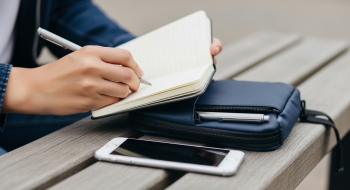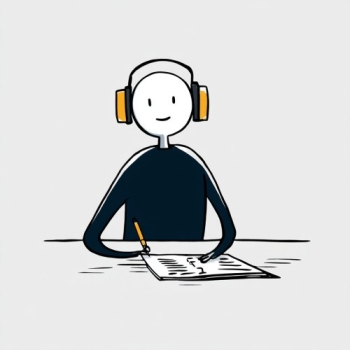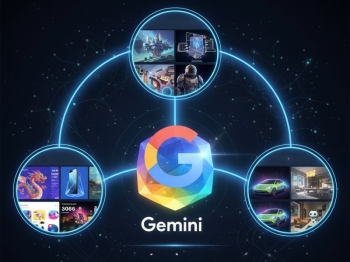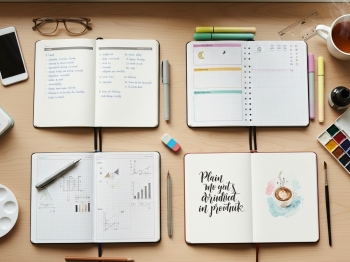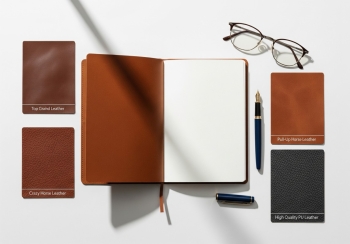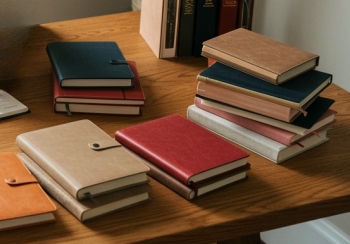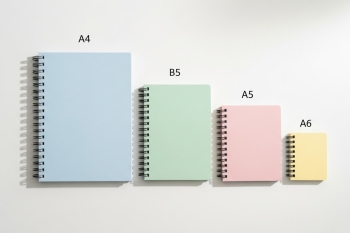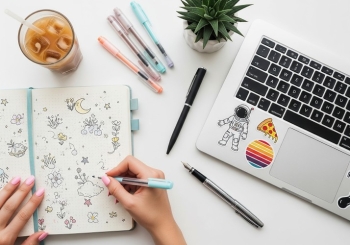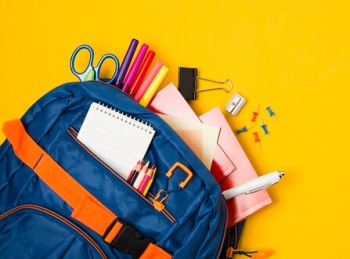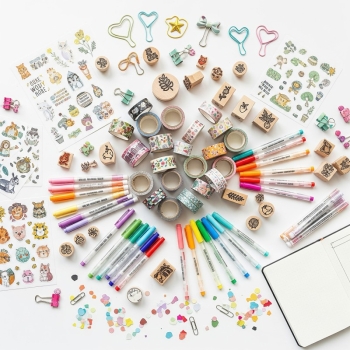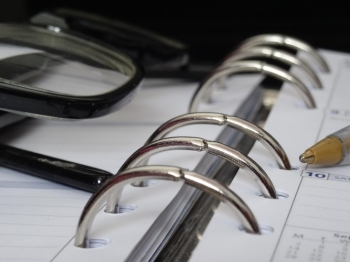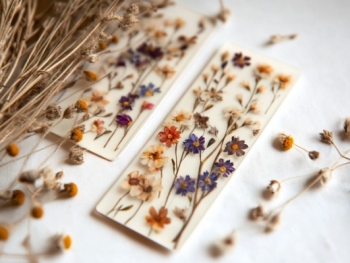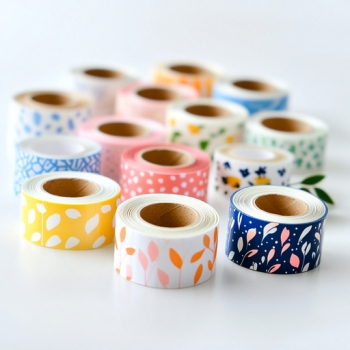Whether you're a beginner or a professional artist looking for your perfect sketchbook, you've come to the right place! This guide will demystify everything about sketchbooks: from paper weight and materials to choosing the right book for specific media like pencil, charcoal, or ink, ensuring every idea is captured perfectly.
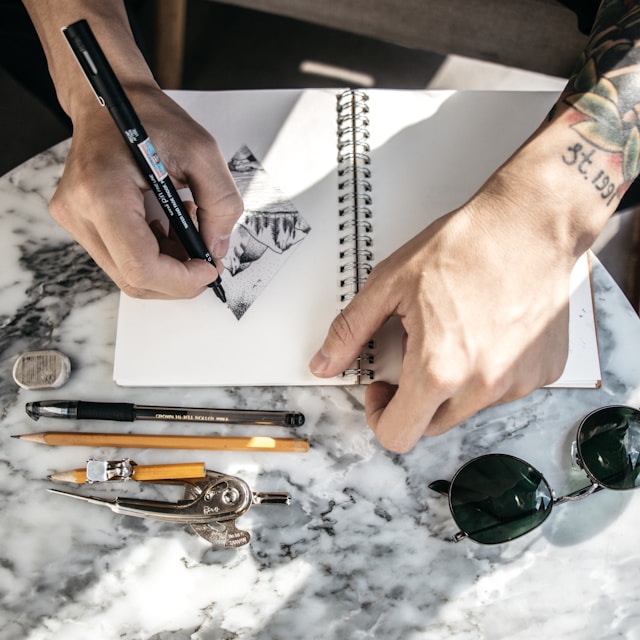
What Is a Sketchbook? A Companion for All Creative Ideas
At its core, a sketchbook is a book of paper designed for sketching, practicing skills, or even creating finished small-scale artworks. It's more than just blank pages; it's a dedicated space for you to experiment freely and document your creative journey in a convenient, organized way.
Unlike standard office paper, sketchbook paper has a higher weight and a surface treated to better grip dry media, making your artwork look more professional and last longer over time.
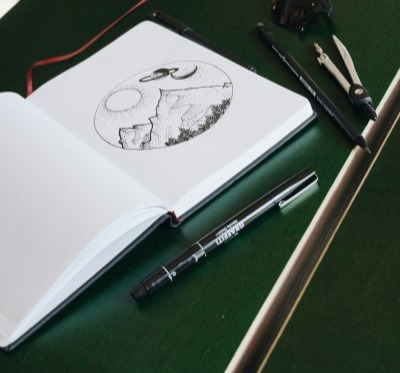
A Deep Dive into the Details of a Quality Sketchbook
To choose a sketchbook you'll love, you need to understand its key technical specs. These factors will determine 80% of your drawing experience.
1. Paper Weight (GSM): The Heart of the Sketchbook
Paper weight, measured in gsm (grams per square meter), indicates the paper's thickness and durability. For sketchbooks, the most common weights range from 120gsm to 160gsm.
-
120gsm: Thinner, suitable for quick sketches with pencil or ballpoint pen.
-
160gsm: Thicker and more versatile, ideal for pencil, charcoal, pastels, and light ink or alcohol marker use. This is the most popular weight for its multi-purpose functionality.
2. Paper Surface & Color: Defines the Vibe of Your Drawing
-
Color: Sketchbook paper is typically off-white or bright white to be easy on the eyes during long drawing sessions.
-
Surface: There are two main types:
-
Smooth Surface: Excellent for detailed work with fine-liners, technical pens, or mechanical pencils.
-
Lightly Textured Surface (Vellum): Has more "tooth" that grips media well. Ideal for graphite, charcoal, and pastels, as it helps create depth and shading effects.
-
3. Size: From Pocket-Sized to Professional
Sketchbooks come in various sizes for different needs:
-
A5 or Square: Small and portable, perfect for sketching on the go.
-
A4: The standard size, offering enough space for complete compositions.
-
A3: For large-scale projects that require ample drawing space.
4. Smart Design: Convenience is Key!
- Spiral-Bound: The most common type. It allows the book to lay completely flat (180 degrees) and makes it easy to tear out individual pages cleanly.
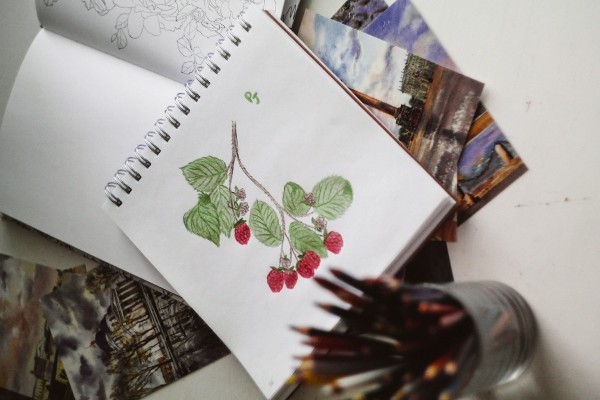
-
Perfect-Bound (Glued Spine): Looks more like a traditional book and is aesthetically pleasing, but can be difficult to lay completely flat.
-
Hardcover: A major plus! A hardcover not only protects the pages inside but also acts as a built-in drawing surface, so you can draw comfortably even without a table.
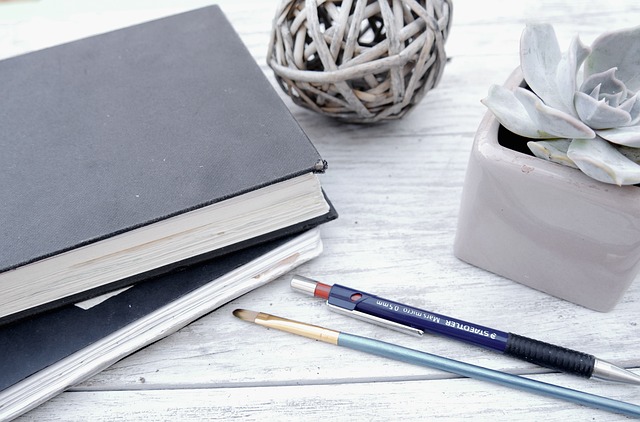
What Types of Sketchbooks Are There? Finding the Right Fit for Your Budget
The sketchbook market is diverse, with options for every budget.
-
Student/Beginner Grade: A great starting point for students or hobbyists. These are typically spiral-bound with 160gsm paper, offering stable quality at an affordable price.
-
Intermediate/Artist Grade: For those looking to level up their experience. These sketchbooks often use imported paper with certifications like Acid-Free (prevents yellowing over time) and FSC (sourced from sustainable forests).
-
Professional Grade: Reserved for professional artists with the strictest standards. Both the paper and cover materials are premium, though these are less common in general stores.
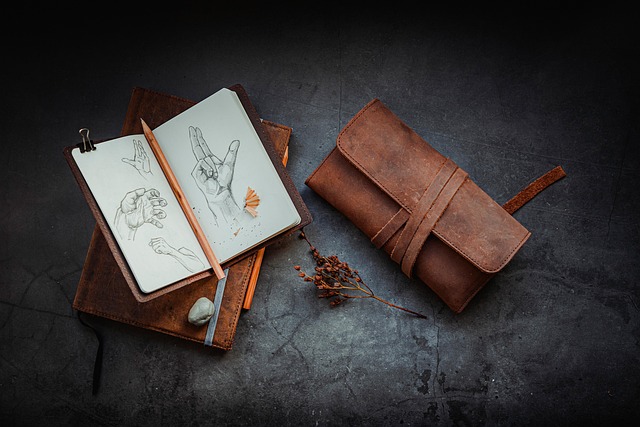
Who Is a Sketchbook For?
The answer is: anyone with a passion for creating! More specifically, a sketchbook is an essential tool for:
-
Students: Especially those in fine arts, architecture, and fashion design, for assignments and drafting projects.
-
Artists & Designers: To capture sudden ideas and experiment with compositions and colors.
-
Hobbyists: A wonderful tool for entertainment, stress relief, and practicing skills.
-
Content Creators: For hand-lettering notes and titles or creating illustrations for blogs and videos.
Important Notes When Choosing and Using a Sketchbook
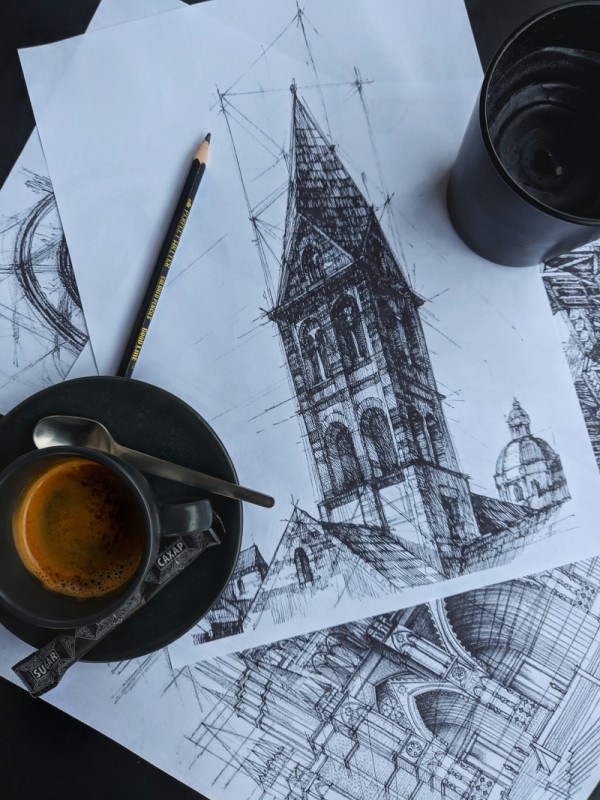
-
Not all sketchbooks are for watercolor! This is the most common mistake. Most sketchbooks are designed for dry media (pencil, charcoal, pastels, ink pens). Using watercolor will cause the paper to warp and buckle. If you want to paint, look for a dedicated watercolor paper pad.
-
Store it in a dry place. Paper is highly susceptible to moisture. Always keep your sketchbook in a dry environment to prevent mold from ruining the pages.
Conclusion
A sketchbook isn't just a tool; it's a friend and a treasure chest for your valuable ideas. Understanding what a sketchbook is and its features will help you find the perfect match to confidently bring every drawing to life.
We hope this guide helps you choose the perfect sketchbook. Happy creating!
See more: What is creative book? The secret to turning ideas into reality


